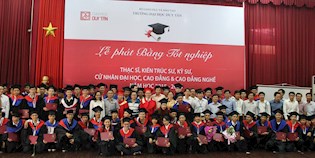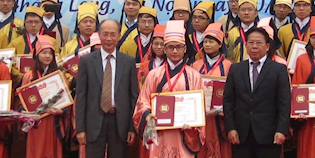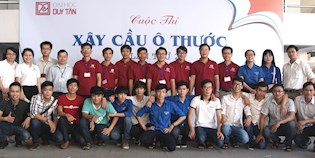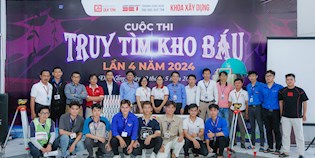Các xuất bản
Tóm tắt: Việc xây dựng hệ thống nước thải trong khu công nghiệp đóng vai trò quan trọng trong việc đảm bảo an toàn môi trường sống. Bài báo đề xuất một mô hình tối ưu hóa công tác thiết kế hệ thống xử lý nước thải cho một khu công nghiệp với trọng tâm là tối thiểu hóa chiều dài đường ống dẫn nước thải từ các nhà máy đến các trạm xử lý nước. Thuật toán di truyền được sử dụng để tìm kiếm giải pháp tối ưu cho bài toán. Với một ví dụ tính toán với 10 nhà máy và 3 trạm xử lý nước trong một khu công nghiệp đã được sử dụng để minh họa cho việc mô hình hóa bài toán và ứng dụng thuật toán di truyền. Kết quả cho thấy thuật toán di truyền tìm ra được một giải pháp tối ưu với chiều dài đường ống dẫn nước thải từ các nhà máy đến các trạm xử lý là nhỏ nhất trong điều kiện ràng buộc về nhu cầu xử lý nước của từng nhà máy và công suất của từng trạm xử lý.
Từ khóa: Xử lý nước thải; Thuật toán di truyền; Tối ưu hóa; Mô hình hóa; Khu công nghiệp.
Abstract The construction of waste water treatment system in industrial zones plays a crucial role in guaranteeing the safety of living environment. This article proposes an optimization model for the design phase of a waste water treatment system in an industrial zone with the focus on minimizing the total pipe length transporting waste water from factories to treatment plants. A case study with 10 factories and 3 treatment plants is used to illustrate the mathematical modeling process and the application of the optimization model with the genetic algorithm. Computational results point out that the genetic algorithm can found an optimal solution which features the minimum pipe length and satisfies all constraints regarding the demand of each factory and the treatment capacity of each plant.
Keywords: Waste Water Treatment; Genetic Algorithm; Optimization; Mathematical Modeling; Industrial Zone.
Nội dung bài báo: theo file đính kèm.
Tải file đính kèm:
Bài viết liên quan





